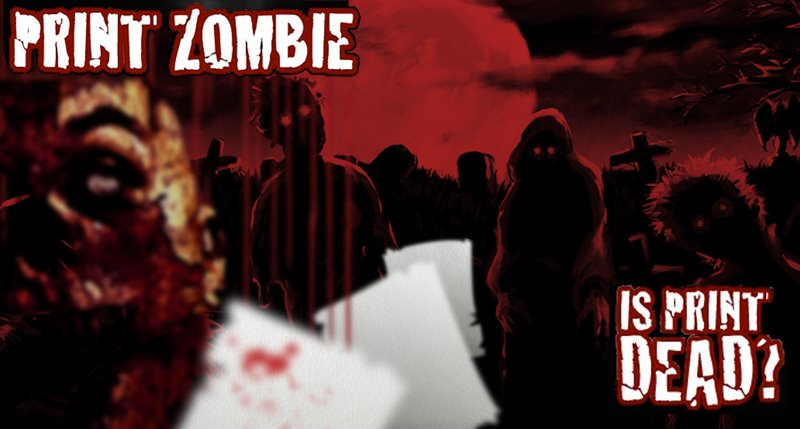Answer: That’s a great question. However, there isn’t an easy answer. The average percentage of overs could be between 0-10% depending on many factors, such as the:
print technology or process used – Typically the percentage of overs is higher for some types of print processes such as web printing, in which you might commonly see 3% over. Compare this to a well-executed variable-data print job which might result in no overs, as digital printing allows for a print run of one piece.
print quantity – In general smaller quantity print projects usually have a higher percentage of overs, then larger quantity jobs. So if your print quantity is 1,000 – a print supplier might deliver 10% overs and those 100 pieces might be highly valued. If your print quantity is 1 million, 10% overs – or 100,000 pieces - would certainly not be acceptable.
buying company’s standards – If a buying company communicates to their print suppliers upfront the percentage of overs that they consider acceptable and that they’ll pay for, universally solutions providers adapt to those requests.
and the print supplier – Every print solution provider is different. There are printers who still try to maximize their profitability by delivering and billing for a large percentage of overs that were not explicitly ordered by the buying company. That tactic is much less tolerated by today’s professional print buyers. Moreover, almost all printers have responded to the customers’ increased sensitivity to waste. In addition, many solution providers have streamlined there workflow for less waste.
.jpg)
No comments:
Post a Comment